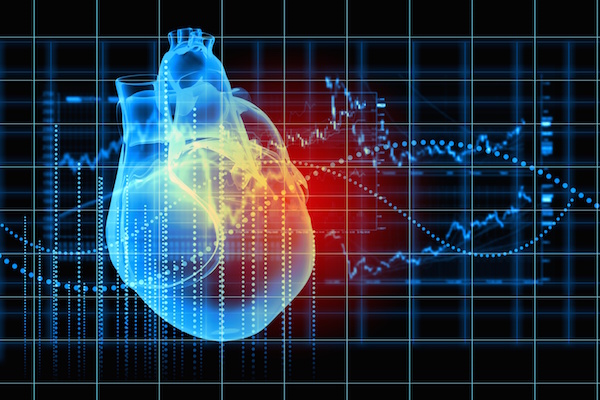
THURSDAY, April 12 (HealthDay News) — Millions of middle-aged women experience it: that sudden onset of intense heat, sweating and flushing known as a hot flash.
Though it’s long been believed that the drop in hormone levels that accompanies menopause contributes to hot flashes, experts say relatively little is known about what actually causes them, or what’s occurring when women have one.
“About 70 percent of women experience hot flashes, but their underlying physiology isn’t well understood,” said Rebecca Thurston, an assistant professor of psychiatry, psychology and epidemiology at University of Pittsburgh.
A new study by Thurston and her colleagues attempts to get at the underlying physiology. Researchers had 21 perimenopausal and postmenopausal women aged 40 to 60 who reported having daily hot flashes wear a heart monitor over a 24-hour period. Perimenopause is the time leading up to menopause when the ovaries produce less estrogen but a woman still gets her period.
The heart monitor showed that during a hot flash, heart-rate variability — a measure of beat-to-beat changes in heart rate — decreased significantly, a sign that the parasympathetic nervous system isn’t working as well as it normally does.
The parasympathetic nervous system is one aspect of the autonomic nervous system, which regulates unconscious bodily functions such as heart and respiration rates. While the sympathetic nervous system governs the fight-or-flight response, the parasympathetic nervous system is involved with “rest and restore,” or regulating the body at rest, Thurston explained.
Other research has found an association between cardiovascular disease and decreased parasympathetic nervous system control of the heart. While researchers say it’s too soon to conclude that hot flashes have a connection to heart disease, it’s worth continuing to study them, Thurston said.
“There were transient decreases during the hot flash, but the good news is it does come back up,” Thurston said.
The research is in the April issue of Menopause.
For something that’s so common, experts say it’s surprising how little is understood about hot flashes. What’s known is that they can vary in severity, frequency and duration. Some women may get just a few hot flashes; others suffer from multiple hot flashes a day for years.
Hot flashes are also one of the most common complaints sending women to see their doctors, experts said. Hot flashes can impair quality of life, sleep and lead to feelings of depression, according to background information in the study. Still other studies have hinted that hot flashes are associated with ill health effects, including low bone density and heart disease.
Specifically, studies have found that women who experience hot flashes are more likely to have signs of early atherosclerosis (sometimes called hardening of the arteries), such as calcified plaques in the aorta of the heart, Thurston said.
But women don’t have to simply suffer with them, said Dr. Margery Gass, executive director of the North American Menopause Society.
The most effective treatment for hot flashes is hormone therapy, typically estrogen and progestin, Gass said. However, because hormone therapy carries some risks — including boosting the risk of certain cancers, including endometrial cancer — women should only turn to hormones if they’re really bothered by hot flashes, and then they should stay on hormones only as long as they need to, Gass said.
Another treatment option: selective serotonin reuptake inhibitors, or SSRIs — a class of drugs commonly used to treat depression or anxiety. But the medications don’t work as well as the hormones for most women, Thurston said.
Lifestyle changes can also help, Gass said. As people age, their “thermoneutral zone” — the temperature at which they feel not too hot and not too cold — shrinks.
A very minor increase in core body temperature can trigger hot flashes in some women. So, avoid becoming overheated, Gass said. Bring a fan to work and switch it on if you feel you’re getting warm. Wear layered clothing so that you can peel off layers as needed. At night, sleep with a loosely woven blanket and sleep with one leg uncovered, and avoid down comforters.
Over time, hot flashes diminish, and usually totally disappear, Gass said.
“The natural course of hot flashes is they get milder and less frequent over time, and for the majority of women, they disappear altogether,” Gass said. “A few women may have occasional ones forever, but usually they’re manageable.”
More information
WomensHealth.gov has more on menopause.

